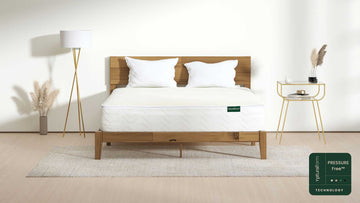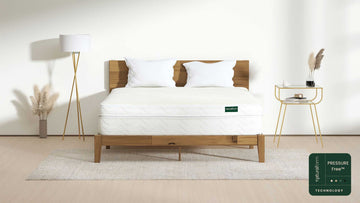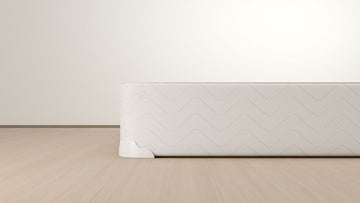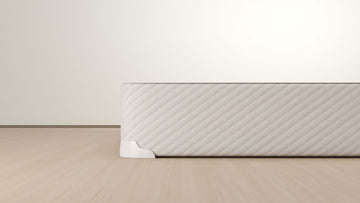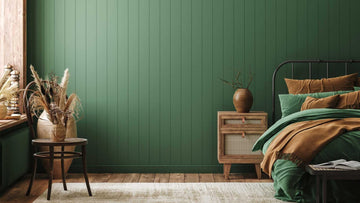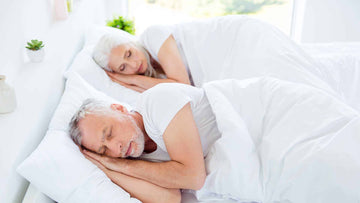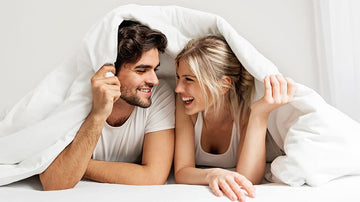Sleep is underrated. Contrary to the popular expression “sleep is for the weak,” its lack thereof is what makes people weak. More than rest, sleep gives way for the body to conduct repairs, thereby revives and re-energizes it for the day to come.
In talking about sleep, a huge factor, and an often overlooked one, is the bedroom, particularly the color. The bedroom color is more than just aesthetics; rather, it has a much more significant impact on sleep. Particularly, colors can affect one’s mood, and thus, can affect one’s sleep.
Before deciding what good bedroom colors will make your room feel like the safe space that it should be, do consider reading on to know what colors help you sleep, nay, the best bedroom colors for sleep.
The psychology of colors
As established, colors can influence one’s mood and emotions, causing people to behave differently at the sight of a particular color. For instance, studies have shown that the color red can increase heart rate and adrenaline flow. Moreover, bullfighters use the color red to get the bull’s attention as it increases passion, excitement, and even anger.
Aside from behavioral reactions, colors are also instrumental in classifying food. By colors, people usually generate insights about how warm or cold something feels, hence, coming up with the labels of warm and cool colors.
Having enough knowledge about colors relative to sleep can help people decorate their rooms more optimally. Knowing what colors help you sleep and the best colors for sleep, in general, can help you pick out what color might work best for you in a sea of good bedroom colors.
For starters, generally speaking, toned down or muted shades promote better than vibrant, primary ones. This claim is no old wives tale. Rather, a study including over 2,000 Travelodge hotels to determine good bedroom colors that facilitate sleep and those that do not support this theory. Furthermore, using a flat finish instead of a glossy one helps the color appear softer, making it conducive to sleep.
